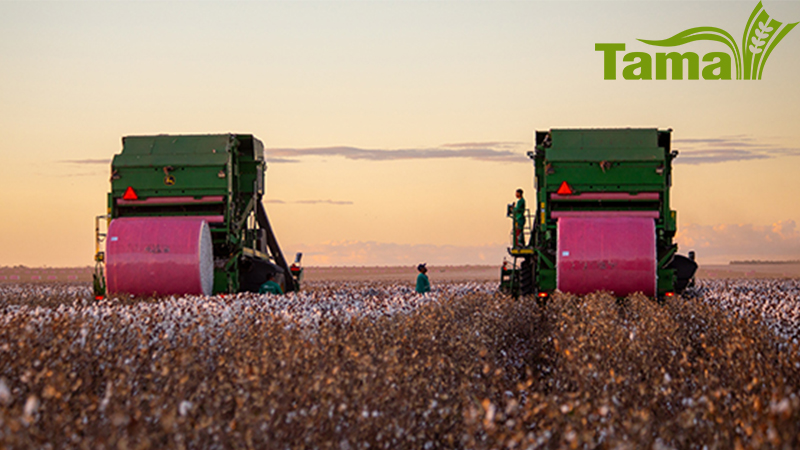Cleveland: The Bull Is Not Dead, But Will Continue Resting
The expected slowdown suggested last week exposed itself in style this week as prices were down more than 400 points in the old crop contracts and some 200 points in the new crop December. It is far too early to offer that this week’s lower prices have killed the big charging bull as the restricted and limited availability of cotton has not changed. There remains a shortage of cotton available to the world market. Too, mill business has remained profitable around the globe causing mills to continue to scramble for immediate needs and book cotton for the third and fourth quarters as well as the first quarter of 2014. Mill call sales continue to grow and U.S. export sales suggest that USDA will be forced to further increase its estimate of 12.75 million bales. The bull is not dead, but will remain a bit tired until the release of the USDA March Planting Intentions next Friday.
The market’s skittishness was evidenced at the week’s outset with an ICAC announcement that China would sell three million metric tons (about 13.5 million bales) of its strategic reserve this year. The announcement, in and of itself, was not noteworthy other than it is the best estimate available. Yet, it has been around for several months. Given the venue of its announcement the audience thought it was a signal that ICAC expected China to dump a large portion of its cotton stocks in 2013. This was shortly followed by an unofficial announcement from India that it would also begin selling stocks. These announcements, taken together, led to panic selling that fed on itself all week. The three million ton release by China will only be enough for about 35 percent of the country’s annual textile mill needs. Nevertheless, the market did need to do a bit of house cleaning as the trailing dust from the rapid pace to higher prices had clogged the market’s sensitivities and needed to pause for a dose of reality. Funds were noted as profit takers, but still hold a vast stake in the market.
Others pointed to the weekly export report as bearish as net sales of Upland were 114,100 RBs and Pima sales totaled 40,000 RBs. While the Pima sales were exceptionally strong, Upland sales were down 31 percent from the monthly average. In retrospect, one should recall that during the week these sales were made the futures price had climbed above 90 cents. Being the first time in nearly a year that prices had climbed so high it was not surprising that sales slowed. Total export commitments to date stand at 91 percent of the USDA export projection compared to the 5-year average of 92 percent.
The USDA March Plantings Intentions report to be released next Thursday is anxiously awaited. The National Cotton Council report, historically very solid, was based on conditions as of January 1 (+/-). That report had grower intentions at 9.0 million acres. The February subjective USDA report placed plantings at 10.0 million acres, which I questioned. However, the rapid price surge in February and March has likely jumped planted acreage to 10.2 to 10.3 million acres, making the USDA estimate very accurate. Yet, the USDA survey is “as of conditions on March 1,” and likely did not catch some acreage as the decision to plant came as late as late week. Much of the dryland area of Texas still can change with ease as can some other growers.
My concern is that anything above 10.2 will likely be viewed in the market as bearish and, assuming a normal planting season, will begin to erode the value of the December contract. Mills can step back for now, but growers should be active in the pricing arena. Any return to 90 cents, basis would call for adding to mill fixations.









